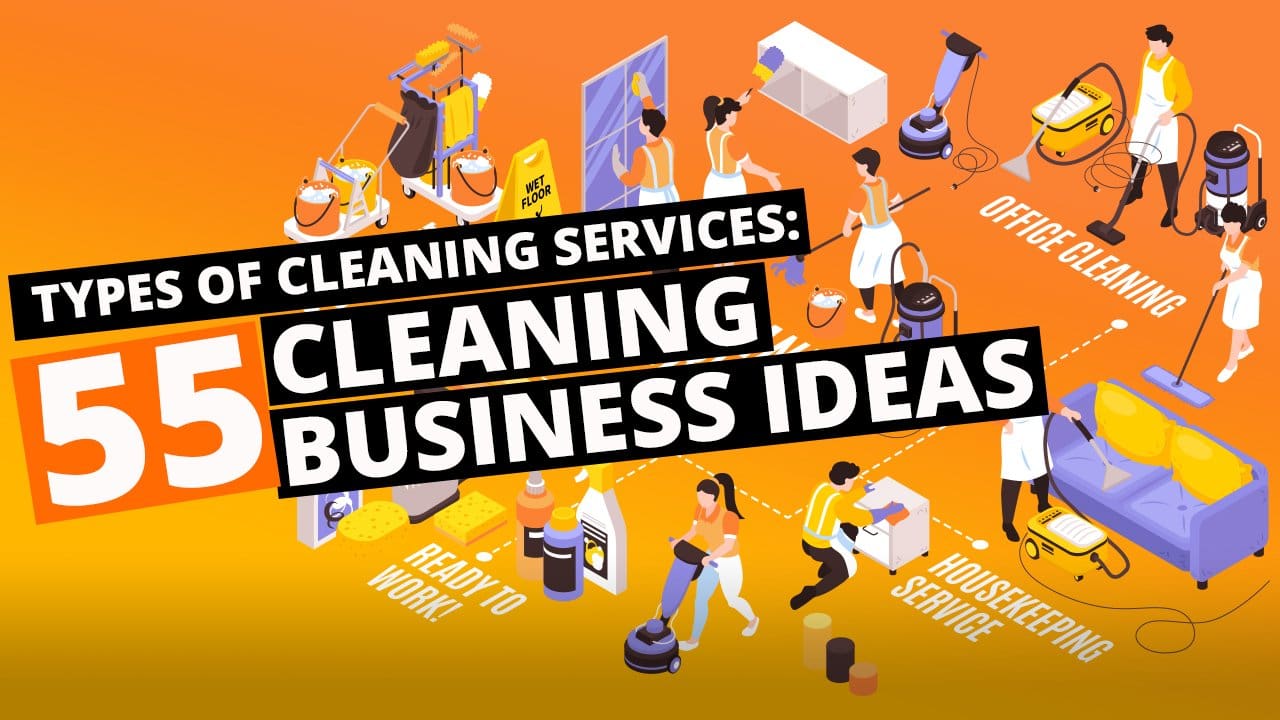We’ve written extensively about Cristobal Mondragon, but it’s because he has the cleaning business down to a science. We’re going to share strategies we learned from Chris about how to become an Airbnb cleaner.
Chris and his wife started Bumble Bee Cleaning Services (formerly Queen Bee) in 2015 with just $5,000. Today, he’s making more than $1.4 million in revenue annually (around $600k from Airbnb cleaning and cohosting). He’s been a keynote speaker at the Maid Service Success Summit, and he thinks:
We’ll share the process of starting an Airbnb cleaning service with a heavy focus on the unique features, software, and marketing to become a successful Airbnb cleaner.
- What Is Airbnb?
- Airbnb Owners Need a Professional Cleaning Company
- How Much Money Can You Make as an Airbnb Cleaner?
- What Does an Airbnb Turnaround Service Include?
- Create an Airbnb Cleaning Business Plan
- Create a Checklist of Airbnb Cleaning Services
- Create a Budget for Airbnb Cleaning
- Create a Pricing Structure for Airbnb Cleaning
- Become a Professional Cleaning Company
- Prepare to Offer Cleaning Services
- Get Cleaning Products
- Software for Airbnb Cleaning Services
- Market Your Airbnb Cleaning Service
- Provide Professional Cleaning
- Track Performance
- How Much is Airbnb Cleaning Service?
- How to Add a Cleaning Service to an Airbnb Account
- Become an Airbnb Millionaire!
What Is Airbnb?

Airbnb is a software company that is an intermediary connecting private homeowners with travelers looking for vacation rentals. The owners are called Airbnb hosts or vacation rental hosts.
Airbnb makes money by charging Airbnb hosts 3% of the rental and cleaning charges. They also charge Airbnb guests 14% above the Airbnb hosts charge. You can learn more about how Airbnb interacts with hosts on its website.
There are three categories of Airbnb hosts:
- Host
- Superhost
- Airbnb Plus
Next, we’ll discuss Superhosts and Airbnb Plus hosts, so you understand how they will impact your cleaning business.
What Does Superhost Mean on Airbnb?

An Airbnb Superhost is simply a vacation rental owner who has met the following standards:
- 4.8+ star rating
- 10+ stays or 100 nights over three stays
- No more than 1% of reservations are canceled by the Airbnb host (That means no canceled reservations in the first 100 bookings.)
- 90% 24-hour response rate
If vacation rental owners reach the Superhost level, they are more likely to hire a professional cleaning service to help them maintain the property. While you may be able to find hosts that haven’t reached this status, they are less likely to pay a reasonable cleaning fee.
Airbnb might invite the best Superhosts to the next level.
What Is Airbnb Plus?

Airbnb Plus is an invite-only group of vacation rental owners who have shown exceptional qualities. They expect:
- Exclusive renting through Airbnb
- Rentals to have their own bathroom or full-space options
- The location to be where Airbnb Plus is being offered
- Participants to maintain a 4.8 rating over a year
- Acceptance of 95% of requests over the previous year
- No cancellations by the rental owner
- Greeting every guest personally
- Spaces to be well-designed
- Hospitality guidelines to be met
Learn more on the help page.
These are the highest-end Airbnb cleaning service customers. They will normally want help managing their vacation rental properties. A cleaning business can be an Airbnb Co-Host. Cristobal told us:
Check out our interview with Chris below:
A cleaning company will need someone to meet the customer at the Airbnb rental property and provide the customer:
- A walkthrough of the space
- Fun places to go nearby
- An Airbnb customer service phone number for emergencies
- Anything else to delight the customer
- Manage subcontractors
Airbnb Owners Need a Professional Cleaning Company
People love going on vacation, but they don’t always treat their rented properties well. During one particular trip I took, it was obvious that the prior tenants had been partying like there was no tomorrow. The guests before me had left some of their intimate items in the bed sheets, which was very unpleasant to find as I settled into the room for the evening.
If the owner had a better cleaning company, I’m sure they would have taken care of the issue. Instead, they got a bad review and lost money. Meanwhile, I had a horrible start to my vacation and had to find somewhere else to stay. Any reasonable cleaning company would have caught it.
How Much Money Can You Make as an Airbnb Cleaner?

According to Cristobal Mondragon, an Airbnb cleaning service can make $280+ per cleaning job and only needs 150 clients to make $1,000,000 per year. That’s because they need cleaning more regularly than other customers and will pay more for it. After all, they pass it on directly to the customer.
IMPORTANT: Get ready for an exciting opportunity to learn Chris’s unique pricing strategies as part of The 7-Figure Cleaning Business Blueprint. You’ll benefit from his pricing knowledge that led his business to $4.5M in record time.
If you cohost a property with clients, you can make even more. Make sure you don’t need to get a property management business license to manage rental properties in your area.
What Does an Airbnb Turnaround Service Include?
An Airbnb turnover service typically includes:
- Reporting any damage to the Airbnb Host
- Dusting furniture, fans, window sills, and other surfaces
- Changing sheets or making beds
- Cleaning inside the refrigerator, oven, microwave, and other appliances
- Doing the dishes
- Washing windows and cleaning mirrors
- Cleaning counters
- Sanitizing door handles and light switches
- Sanitizing showers, bathtubs, sinks, and toilets
- Vacuuming and mopping floors
- Taking out the trash before you leave
- Leaving a piece of candy on the bed with a note to the customer
Different rental owners will have other tasks for the cleaning team to do. When you get a new cleaning contract, I recommend creating a printable professional Airbnb cleaning checklist for each property. We’ll discuss creating a template later.
Create an Airbnb Cleaning Business Plan

An Airbnb cleaning business plan can be formal or informal. For a formal business plan, review our blog about business plans. Make sure to include local area data. For instance, there is much higher demand for an NYC Airbnb cleaning service than one in Montana. Next, we’ll discuss how to create an informal plan that helps you stay on track.
Create a Checklist of Airbnb Cleaning Services
We already discussed the services Airbnb hosts expect, but you’ll want to have the cleaning process and offerings in writing. We’ve created an Airbnb cleaning process template to help you get started. It will make the rest of your planning easier. You can use the template as either a printable document or electronically in a customer relationship management program like Hubspot.
You’ll need this to decide how much you will charge for each service.
Create a Budget for Airbnb Cleaning
There are two ways to create a budget:
- Based on your available funds
- Based on what you’d like to make
You’ll need to consider the costs of:
- Licenses and permits: $1,000 per year (if you don’t already have them)
- Software: $100 to $1,000 per month
- Insurance: $1,000 to $3,000 per year
- Cleaning supplies and equipment: $300 will get you started unless you already have everything at home.
- Items unique to Airbnb cleaners: Pricing varies for towels, linens, and refills for soap, shampoo, and conditioner. (Buy these as you get clients.)
- Marketing: 2% of revenue for cleaning business advertising, but companies that make the most money spend about 8% of revenue.
- Travel to the Airbnb rentals: Assume $60 in wages plus $.625 per mile. Let’s assume $100 is the cost of getting to and from each job.
For a full list of the items you’ll need, download our starting an Airbnb cleaning checklist.
Create a Pricing Structure for Airbnb Cleaning

Airbnb cleaning services will charge based on various factors. They may charge by:
- The square foot: Look up the address to find the square feet of the vacation rental property, then multiply by the cost per square foot. This works in most scenarios.
- The job: Each task takes a certain amount of time, and most Airbnb hosts aim for small manageable properties because they are less likely to be rented out for massive parties. So if you know how long it takes to clean a space, you can charge a fixed price for a two-bedroom, one-bath vacation rental. Clients prefer this.
- The hour: This prevents losses from underestimation but forgoes gains from quick cleaning jobs. Plus, Airbnb hosts don’t like this billing method because it’s harder to forecast their earnings.
- Revenue sharing: If you are cohosting, many hosts will be willing to agree to a revenue share of between 10% to 15% of the revenue. You’ll get paid directly from Airbnb and manage what you agree to in the cleaning contract.
- A combination of the pricing models: There may be times when an unusual request is made. In that scenario, you may want to charge for your normal services plus an hourly rate.
An example of an unexpected event would be something like a short-term rental that develops a roof leak and floods. If you agree to manage all the subcontractors, you’d probably want to bill hourly for things like this which will be much larger and more unique.
Based on the expenses in the previous section, you’d probably want a pricing structure similar to the one below.
| Cost | Amount | Time covered by cost | Fee per time | Per Job |
|---|---|---|---|---|
| Licensing and Permits (hr/year) | $1,000 | 2000 | $0.50 | $1.00 |
| Software (hrs/month) | $1,000.00 | 160 | $6.25 | $12.50 |
| Insurance (hrs/year) | $3,000.00 | 2000 | $1.50 | $3.00 |
| Cleaning supplies (number of jobs before replacement) | $100.00 | 10 | $10.00 | $10.00 |
| Vacuum and other equipment (hrs/year) | $200.00 | 2000 | $0.10 | $0.20 |
| Marketing (multiply by 8% marketing cost) | $280.00 | 0.08 | $22.40 | $22.40 |
| Travel (per job including wages and IRS mileage fee) | $100.00 | 1 | $100.00 | $100.00 |
| Linens (number of jobs before replacement) | $100.00 | 50 | $2.00 | $2.00 |
| Man hours (multiply) | $30.00 | 2 | $60.00 | $60.00 |
| Total | $211.10 | |||
| Chris Charges | $290.00 | |||
| Gross Profit | $78.90 | |||
| Gross profit margin | 27.21% |
This is comparable to what Bumble Bee Cleaning Services charges for their Airbnb cleaning services. Check out our house cleaning pricing guide for more information
Become a Professional Cleaning Company
If you aren’t already, you’ll want to become a licensed and insured cleaning services company. You may also need a property management license if your services include cohosting. The main considerations for an Airbnb cleaning company are:
- Business formation
- Licenses for an Airbnb cleaning business
- Insurance
We’ll discuss the needs of Airbnb cleaning companies in each of these categories next.
Business Formation
A short-term rental cleaning service will likely want to register its business as a Limited Liability Company (LLC) and file for S-Corp treatment with the IRS. They can also choose to be a:
- C-Corp: These companies protect against personal liability and are taxed on personal and corporate income. If you are trying to create a massive company, a C-Corp is the way to go. It also has the easiest time getting financing.
- Sole Proprietorship: This offers no liability protection, but it’s the cheapest option to start a business and start taking Airbnb cleaning jobs.
- Partnership: This also offers no liability protection, but if two or more people want to start Airbnb housekeeping, it is an option.
Whichever business structure you choose, the first step is going to the Secretary of State (SOS) website and forming your business. We have links to all 50 SOS offices in our blog about how to get a cleaning business license. Check it out.
Cleaning Business License
Some states will require special business licenses for cleaning services. In the link above, you’ll also find states where cities and counties require a business license.
In addition, if you are cohosting, you may need to verify whether there are specific licenses you need to manage the property. Starting at the SOS office is a good place to find out if you need one.
Insurance

Professional cleaning services will need commercial insurance. Because of the nature of an Airbnb cleaner, you will probably need to customize your cleaning insurance to protect yourself and the rental owners:
- Commercial Auto Insurance: Cleaning businesses drive more than employees, and personal auto insurance will reject a claim if you were using the vehicle for commercial purposes.
- Business General Liability Insurance: You’ll need $1M per occurrence and $2M lifetime liability insurance. It will probably need to cover all host properties and Airbnb, too.
- Property Insurance: You’ll need insurance to cover damaged property.
- Workers Compensation: Covers worker injury. Any company with an employee needs to have workers’ compensation.
I go straight to Simply Business when I need business insurance.
Prepare to Offer Cleaning Services
You’ll need cleaning products and software to accept payments before becoming a professional Airbnb cleaning service. We’ll discuss other useful software too.
Get Cleaning Products

You’ll need the following items when you perform vacation rental cleaning:
- Glass cleaner (Windex or similar)
- Aprons
- Vacuum cleaner
- Microfiber mop (optional)
- Regular mop
- Gloves
- Toilet bowl brush
- Bags for dirty rags
- Bags to carry clean rags
- Booties for shoes
- Neutral floor cleaner (Bona or similar)
- Disinfectant cleaner
- Cleaning bucket
- Mini grout brush
- Spare sheets
- A deal with a local laundromat
- Dish soap
- Shampoo
- Conditioner
- Body wash
- Towels
In addition to the cleaning supplies, you’ll also need software to manage your own cleaning business.
Software for Airbnb Cleaning Services
A professional Airbnb cleaning service will need electronics and software to keep up with the repeat business they get from clients. we’ll discuss both hardware and software that can help you become a highly automated Airbnb cleaning company.
Hardware
At a minimum, you’ll need the following devices for a vacation rental cleaning company:
- Laptop or PC
- Smartphone
- Business phone number
- Internet
- Point-of-Sale machine or credit card reader
Professional Cleaners Need Software

There is a lot of software for professional cleaners. Chris told us:
You’ll want to ensure you have:
- DreamHost: Domain and hosting
- Google: Google has a large techstack that helps small businesses including Business Profile, Local Ads, Analytics, Search Console.
- Accounting solutions: Quickbooks, Freshbooks, and Xero are all used by small businesses.
- PipeDrive: Use this for marketing automations.
- Credit Card Processor: Quickbooks, Square and, Stax offer this service.
- Payroll solutions: You can use Gusto or Quickbooks for payroll.
- Scheduler: Monday.com and Calendly are commonly used for scheduling.
- TurnoverBnB: Airbnb cleaners connect with property owners on this platform.
- Facebook: Business page, Instagram business page, Pixel, Facebook Ads.
- Business profiles: There are a variety of sites that you can create business profiles includingLinkedIn, Siri and Apple Maps, Angi.com, Yelp for Business, Thumbtack, Alexa, and Blanket.
- Search Engine Indexes: The major search engines are Google, Bing, Baidu, Yahoo, Yandex, Ask.com, and DuckDuckGo.
- AirDNA : Chris uses this software for monitoring rental prices of Airbnb units.
Chris explained:
Use AirDNA to establish what Airbnb hosts you want to target as potential customers. Next, decide how much you’ll charge. Then send them a business proposal.
Here’s the second interview we’ve done with Chris, where he shares more insight:
More on Business Profiles
Make sure all the external websites link back to your website to add high-quality backlinks. Backlinks are one of the strongest ranking factors in Google’s algorithms.
I know there are a lot of profiles to create, but if you want to be the best when someone searches for “Airbnb cleaning service near me,” you need to have excellent service, and a great tech stack simplifies your life.
Market Your Airbnb Cleaning Service
Airbnb cleaners have a lot of ways to market their services to the short-term rental industry. Remember to include the following concepts in your marketing strategy.
Business Website

If you don’t already have a business website, you’ll want to create one. If you already have one, make sure to include a service for “Airbnb Cleaners.” You’ll also want to consider including a page for “Vrbo Cleaners” and “Vacation Rental Cleaners.”
Social Media
You’ll want to create social media accounts to share information about your cleaning company, before and after pictures, and other relevant information. You’ll also want to join local groups that include your target audience. There are lots of Airbnb host groups on Facebook.
Some cleaning companies swear that Facebook groups are one of the best ways to start marketing as you figure out how to become a cleaning service for Airbnb.
Google Local Service Ads
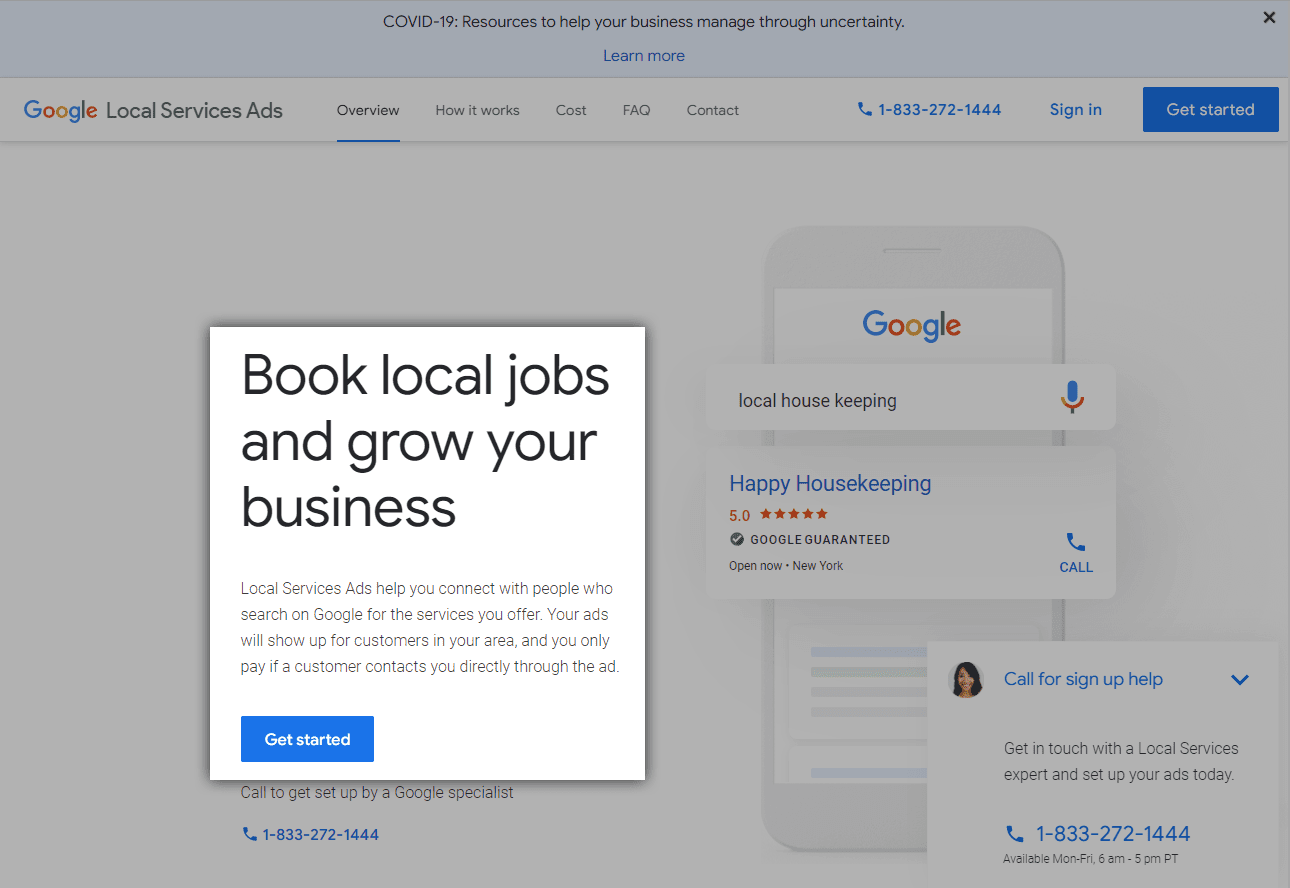
Cristobal highly recommends Google local service ads. He told us:
Whether you choose to go with Local or Google Ads for vacation rentals, you’ll want to spend some money advertising to the vacation rental industry on Google.
Cleaning Service Business Cards
Every business owner should have cleaning cards. You can get them from GotPrint.com, Moo, or VistaPrint. The magnetic ones make it easy for Airbnb hosts and travelers to know how to contact you, and they can be placed on the unit’s refrigerator.
Write Airbnb-Related Blogs
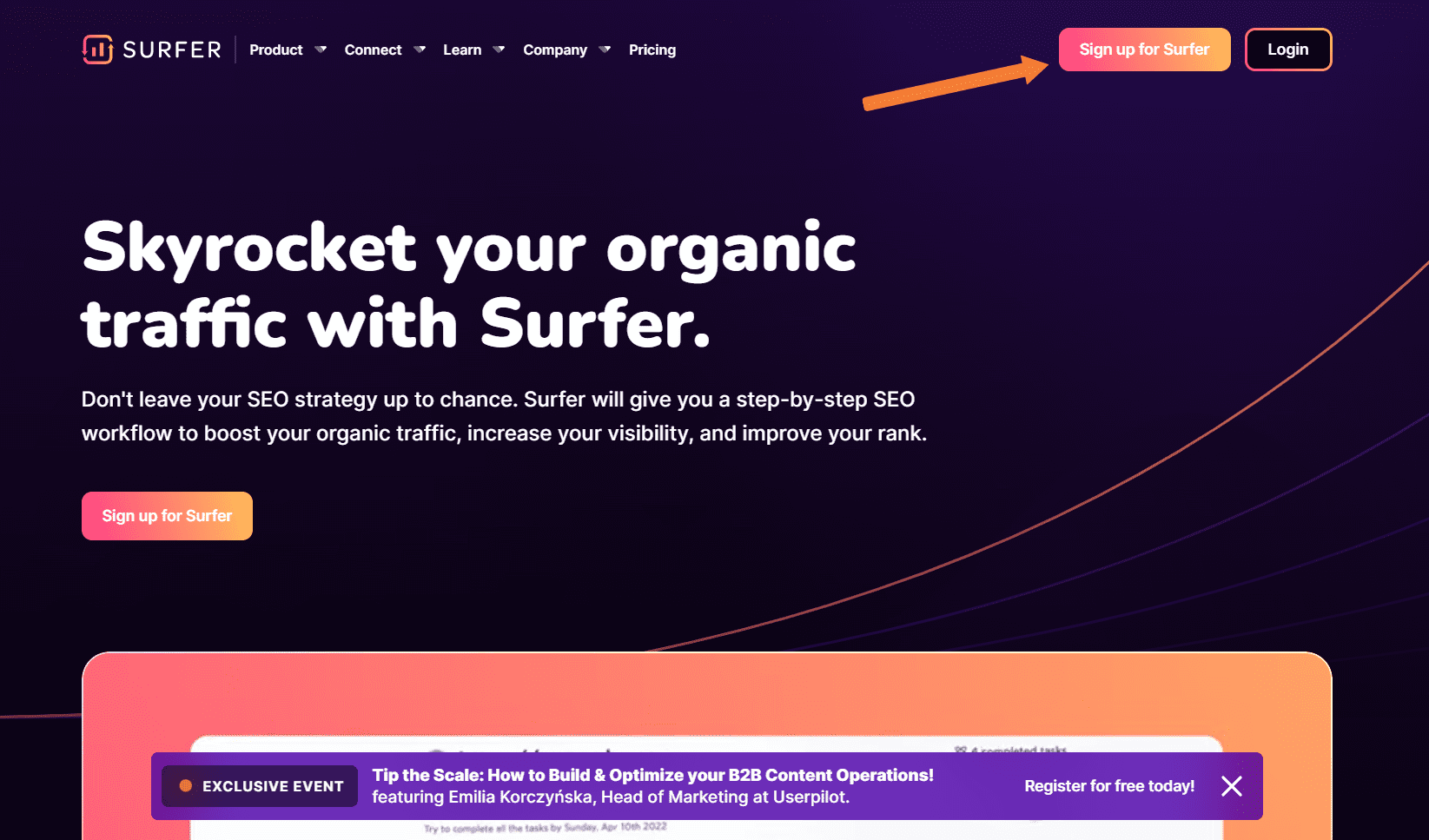
To increase your search engine rankings, it’s a good idea to write blogs about Airbnb, but you might want to write about Vrbo and other short-term rental considerations as well. The more you have about Airbnb cleaning services, the higher search engines rank you.
For best results, I suggest using SurferSEO and adding at least one blog post per week to your website.
Offer Long-Term Cleaning Contracts
Airbnb hosts can easily become repeat customers because they will need their rental property cleaned every time a visitor checks out.
If you offer discounts for longer-term cleaning contracts, they are likely to accept it if they like your work and it is a competitive price.
Ask for Reviews

You should actively ask for reviews from all Airbnb listings you clean. Just send clients an email thanking them for choosing your company. It might look something like this:
(Insert Client Name),
Thank you for choosing (Company Name) as your cleaning service for Airbnb listings. We like to verify that our customers are satisfied with the quality of services offered.
Would you take a couple of minutes to provide a review on (insert preferred review site)?
We appreciate both positive and negative reviews because they let us know what we’re doing well and what we can improve. Reviews also help other hosts and new customers save time evaluating Airbnb cleaners near me.
If you leave a review, people like to know information about our:
- Backstory: Positive or negative experience you had with other Airbnb cleaning services.
- Where you found us: Paid ads, Facebook groups, referrals, search engines, etc.
- Our cleaning quality: Did our Airbnb maid service meet your expectations?
- Airbnb cleaning service cost: Was our pricing strategy higher, lower, or about the same as another maid service for Airbnb?
We look forward to working with you again.
(Name)
Provide Professional Cleaning
Next, you’ll want to go to the Airbnb to clean it at the scheduled time. Make sure to be prompt about it.
Airbnb hosts often have a scheduled check-in coming later in the day. If you don’t show up in time, it makes them look bad as well as you.
Track Performance

Track your performance by using checklists, monitoring financial trends, and getting reviews from both your Airbnb hosts and travelers.
Checklists keep individual cleaners focused on each important aspect of cleaning. They also provide documentation should you need it.
Your financial trends show you how many properties you are cleaning, how much you make, how much you spend, and how much profit you are making, and they help you plan ahead if you need to hire more employees.
Positive reviews help potential new customers make a decision faster. They are also a chance to improve your SEO by including them on your website.
Meanwhile, negative reviews give you an opportunity to learn what you can do better. They also give you an opportunity to show potential new customers how you handle a challenging situation.
How Much is Airbnb Cleaning Service?
Each Airbnb cleaner can set their rates, but you don’t want to be astronomically higher than your competitors or it will be harder to book listings.
Chris starts his pricing at $290. He charges by the job and says he is one of the higher-cost cleaners in his area.
IMPORTANT: Keep reading for a life-changing opportunity to learn Chris’s unique pricing strategies in The 7-Figure Cleaning Business Blueprint. You’ll discover how to skyrocket cleaning service revenue. His strategies created$4.5M revenue in record time!
How to Add a Cleaning Service to an Airbnb Account
There are two ways to add a cleaning service to an Airbnb account:
- Add a cleaning fee
- Add a Co-Host
We’ll look at both ways so you can choose which works best for the rental owner and your cleaning business.
Add a cleaning fee
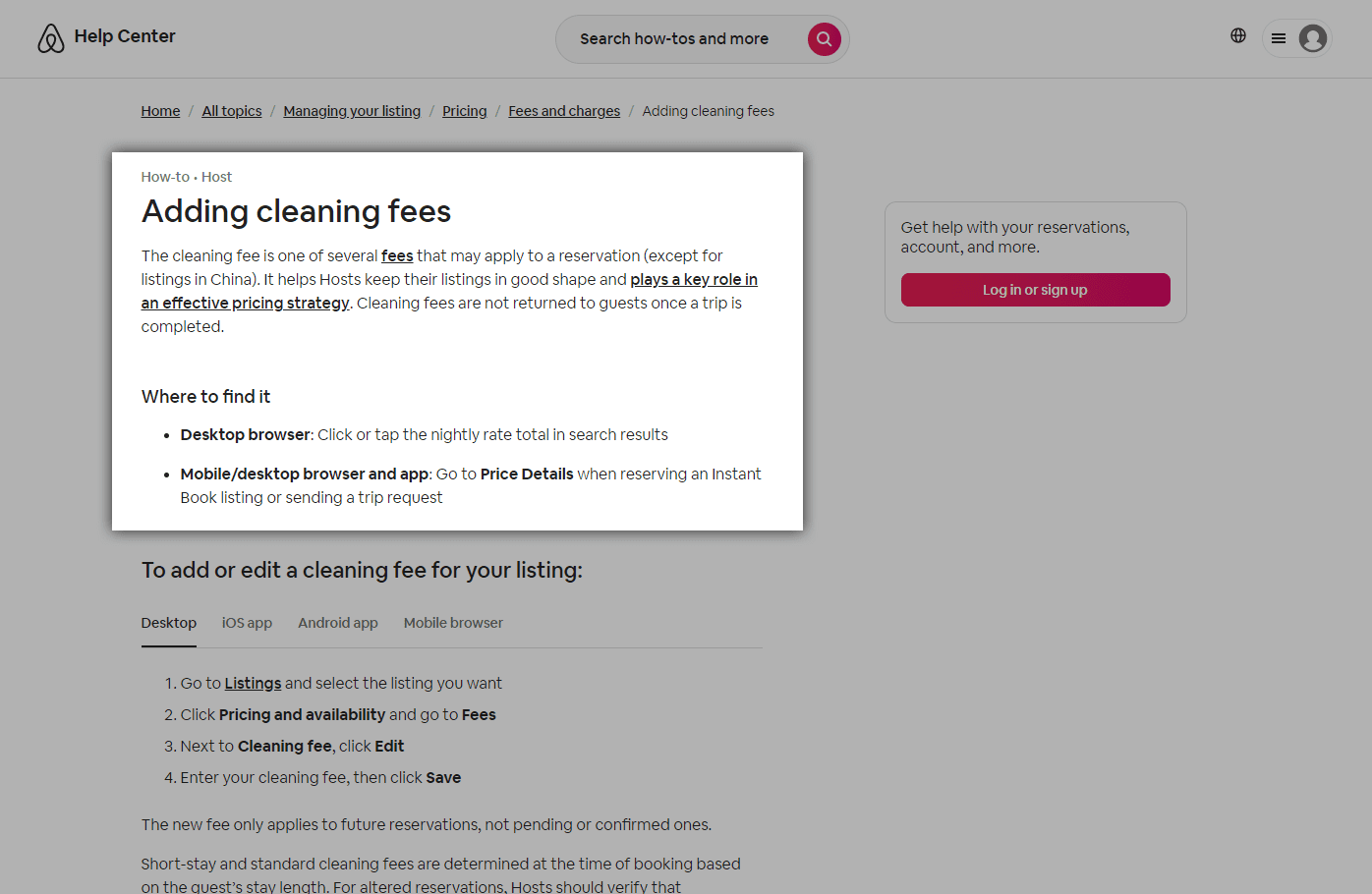
To add or edit a cleaning fee, go to the listing where you wish to add the cleaning fee.
- Select “Pricing & Availability.”
- Select “Fees.”
- Select “Edit” under the cleaning fee.
- Enter the amount to bill the renter.
- Push “Save.”
Check out Airbnb’s blog about adding a cleaning fee for more information on advanced ways to manage the cleaning fee.
How to add a cleaning service to an Airbnb account as a Co-Host
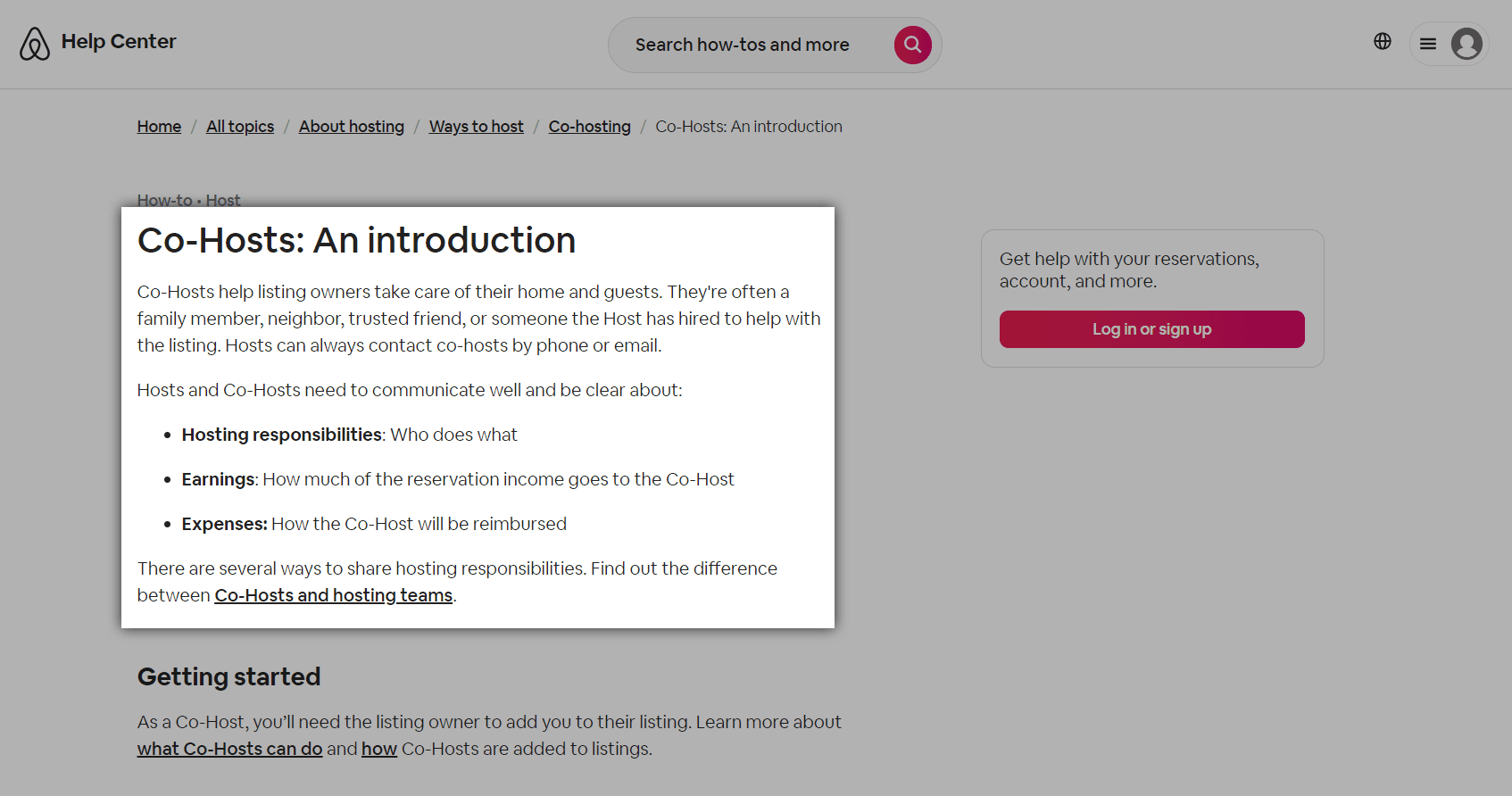
To add a Co-Host, you’ll need to:
- Select the where listing you want to add a Co-Host.
- Choose the option for “Co-Hosts.”
- Select “Invite a Friend.”
- Enter their email address.
- Press “Invite.”
- Once they accept, set the terms of the agreement.
Check out Airbnb’s cohosting help page for more information.
Become an Airbnb Millionaire!
Now you know how to become an Airbnb cleaner. Don’t forget to download our Airbnb cleaning checklist. Chris told us you only need 150 Airbnb clients doing weekly cleanings to earn $1 million per year. You can do it!
If you aren’t ready after reading this blog, check out our UpFlip Academy training with Chris.
What strategies have you found to be a successful Airbnb cleaning service?




